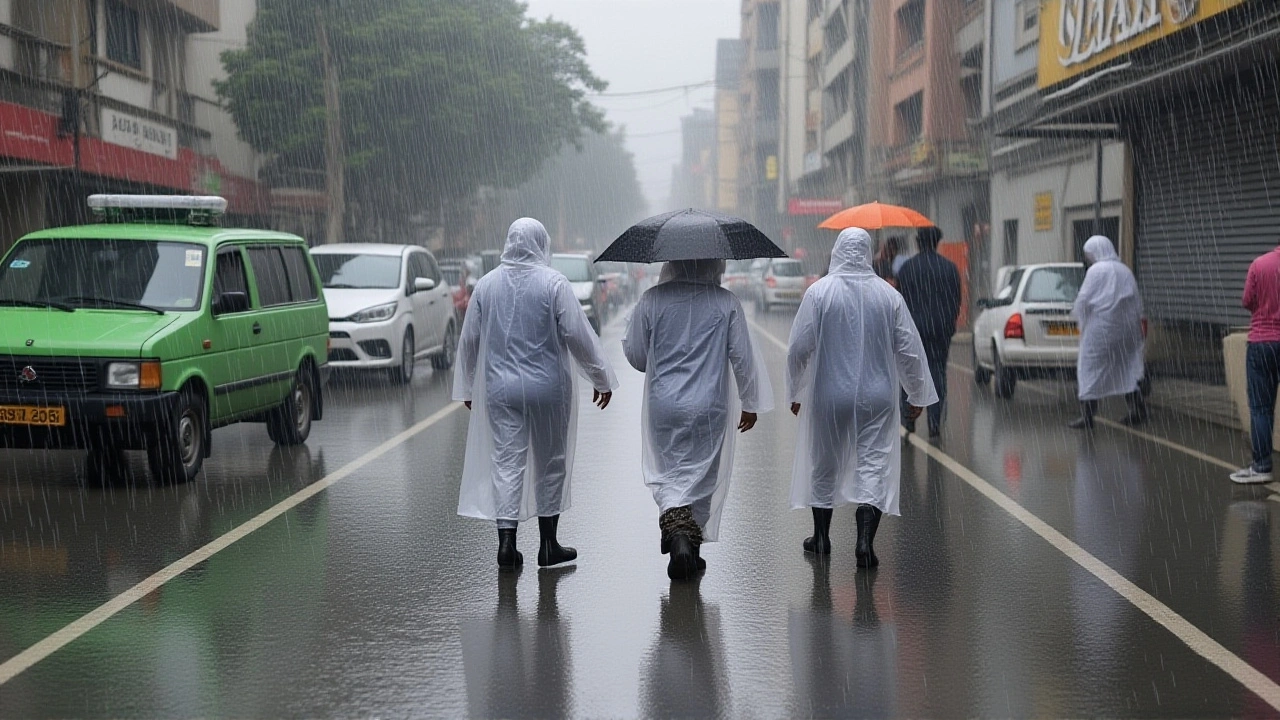The Indian Ocean Dipole (IOD) is a sea‑surface temperature pattern that flips between a warm east side and a cool west side, or the opposite. When the east side gets hotter, the western Indian Ocean stays cooler – that’s a positive IOD. Switch the temperatures and you have a negative IOD. This flip changes how much rain falls over East Africa, Madagascar, and even the southern part of the continent.
For anyone running a game farm, the IOD isn’t just a scientific term – it’s a real driver of water availability, grass growth, and animal health. A positive IOD often brings drought‑like conditions to Kenya, Tanzania, and Ethiopia, while a negative IOD can unleash heavy rains that swell rivers and fill waterholes. The difference can mean the gap between a thriving herd and a desperate search for food.
During a positive IOD, the warm waters near the western Indian Ocean push moisture away from the east African coast. The result? Below‑average rainfall in places like the Serengeti and the Maasai Mara during the short rains season. Farmers and ranchers report lower pasture yields and higher livestock losses. On the flip side, a negative IOD pushes warm water eastward, pulling moisture onto the coast. That period can bring above‑average rains, flooding low‑lying farms but also boosting pasture dramatically.
These swings don’t happen in isolation. The IOD often lines up with other climate players – El Niño or La Niña in the Pacific. When a positive IOD meets an El Niño, the drought risk spikes; a negative IOD with La Niña can mean a very wet season. Understanding how the three systems interact helps game farm managers plan ahead, whether they’re stocking water tanks or adjusting herd sizes.
First, keep an eye on the monthly IOD forecast released by the Indian Ocean Rim Observatory. Early warnings give you weeks to move water, sow drought‑tolerant grasses, or relocate vulnerable animals. Second, invest in water storage – large tanks, boreholes, or small dams can buffer a dry spell. Third, diversify grazing: mix native grasses that survive with more water‑loving species that bounce back when rains return.
Third, think about wildlife corridors. During a dry IOD, animals often travel farther to find water. Maintaining natural pathways reduces conflict with nearby farms and avoids over‑grazing in one spot. Finally, partner with local communities. Shared rain‑water projects improve both human and animal resilience, and many NGOs offer subsidies for water‑saving infrastructure when a drought warning is issued.
In short, the Indian Ocean Dipole is a climate swing that can tip the balance for African game farms. By watching the forecasts, building water resilience, and managing grazing wisely, farms can turn a potential disaster into a manageable challenge. Keep this guide handy, and you’ll be better prepared the next time the Indian Ocean changes its temperature mood.

IGAD and Kenya's meteorological service warn of below‑normal rains and hotter temps across the Horn of Africa’s short‑rain season, urging early warnings and regional cooperation.
Read More >>